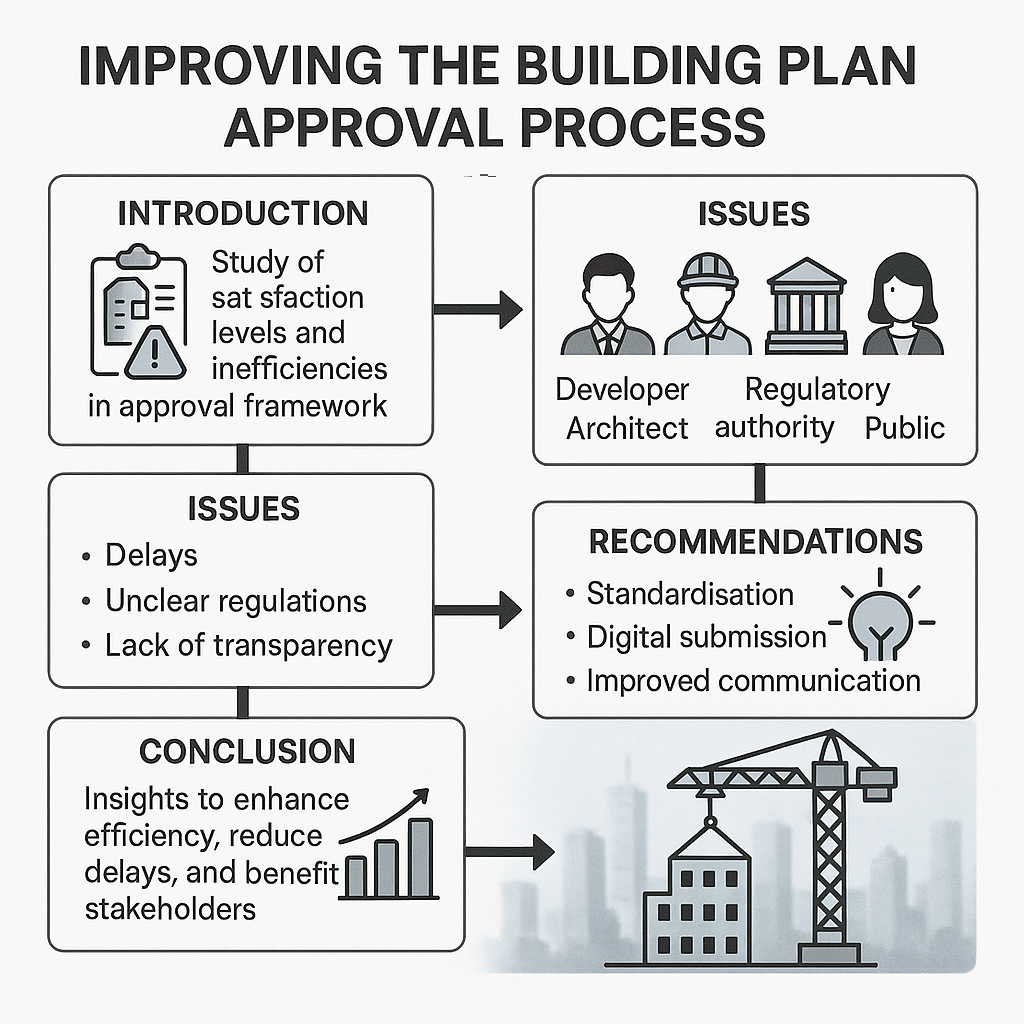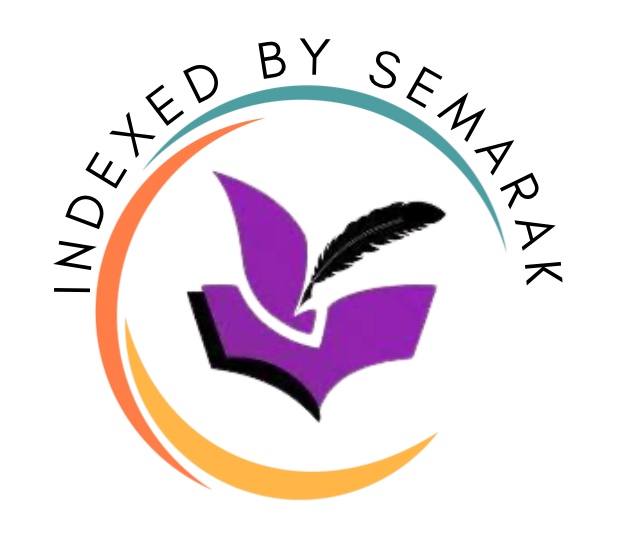Building Plan Approval Procedure: A Study on Stakeholder Satisfaction in Malaysia Current Practices
Keywords:
Building Plan Approval, Stakeholder Satisfaction, Built Environment, Construction Procedures, Regulatory Bodies, EfficiencyAbstract
The building plan approval process is essential for ensuring construction project compliance, safety, and sustainability. However, existing procedures often face inefficiencies, delays, and stakeholder dissatisfaction. This study analyses critical aspects of the existing approval framework, with particular attention to the satisfaction levels of key stakeholders such as developers, architects, regulatory authorities, and the public. It proposes the standardisation of approval procedures, the expansion of digital submission platforms, and improved communication among stakeholders to optimise the overall process. These improvements can help reduce delays, lower costs, and create a more efficient and transparent approval system. The anticipated findings will provide a comprehensive understanding of the challenges within the building plan approval system, highlight critical inefficiencies, and offer recommendations to enhance procedural effectiveness. By addressing bottlenecks and improving stakeholder engagement, this research seeks to contribute to the optimisation of approval workflows and inform potential policy reforms. Ultimately, the study aims to support better project delivery and promote a more sustainable and well-regulated built environment. The findings of this study provide useful insights for policymakers, developers, and industry professionals to improve the building plan approval process in Malaysia. The research identifies key issues such as delays, unclear regulations, and a lack of transparency, which cause frustration among stakeholders. These improvements will benefit all stakeholders by reducing delays and creating a smoother, more reliable approval system for future construction projects.
References
[1] J. Yu, M.-y. Leung, and X. Jiang, Impact of Critical Factors within Decision Making Process of Public Engagement and Public Consultation for Construction Projects – Case Studies. International Journal of Construction Management 22 (2022) 2290–2299. https://doi.org/10.1080/15623599.2020.1783600.
[2] E. H. Ismail, Architects self regulation in Malaysia: Is it possible? Pertubuhan Akitek Malaysia (PAM) (2013).
[3] I. Maignan and O. C. Ferrell, Corporate Social Responsibility and Marketing: An Integrative Framework. Journal of the Academy of Marketing Science 32 (2004) 3–19. https://doi.org/10.1177/0092070303258971.
[4] B.-G. Hwang, W. J. Ng, Project Management Knowledge and Skills for Green Construction: Overcoming Challenges. International Journal of Project Management 31 (2) (2013) 272–284. https://doi.org/10.1016/j.ijproman.2012.05.004.
[5] K. Aaltonen and J. Kujala, A Project Lifecycle Perspective on Stakeholder Influence Strategies in Global Projects. Scandinavian Journal of Management 26 (2010) 381–397. https://doi.org/10.1016/j.scaman.2010.06.003.
[6] T. E.; Kong, L.; Lau, K. K.-L.; Yuan, C.; Ng, E. A., A Study on the Impact of Shadow Cast and Tree Species on In Canyon and Neighborhood’s Thermal Comfort. Building and Environment, 115 (2017) 1–17. https://dx.doi.org/10.1016/j.buildenv.2017.01.005.
[7] P.S.P. Wong, S.O. Cheung, Moderating effect of Organizational Learning Type on Performance Improvement. Journal of Management in Engineering 24 (3) (2008) 162–172. https://doi.org/10.1061/(ASCE)0742-597X(2008)24:3(162).
[8] L., Teo, E. A. L., Chang, R., & Zhao, X., Diffusion of Building Information Modeling in Building Projects and Firms in Singapore. Sustainability 12(18) (2020) 7762. https://doi.org/10.3390/su12187762.
[9] A. T. Chang, J. S. Shih, and Y. S. Choo, Client Delay Factors Affecting Building Project Performance among Kuantan Malaysian Construction Industry: a PLS SEM Approach. Journal of Business Management and Economic Research 4(1) (2020) 38–55. https://doi.org/10.29226/TR1001.2019.182.
[10] R. K. Mitchell, B. R. Agle, and D. J. Wood, Toward a Theory of Stakeholder Identification and Salience: Defining the Principle of Who and What Really Counts. Academy of Management Review 22 (1997) 853–886. https://doi.org/10.5465/amr.1997.9711022105.

Downloads
Published
Issue
Section
License
Copyright (c) 2025 Progress in Energy and Environment

This work is licensed under a Creative Commons Attribution-NonCommercial 4.0 International License.











